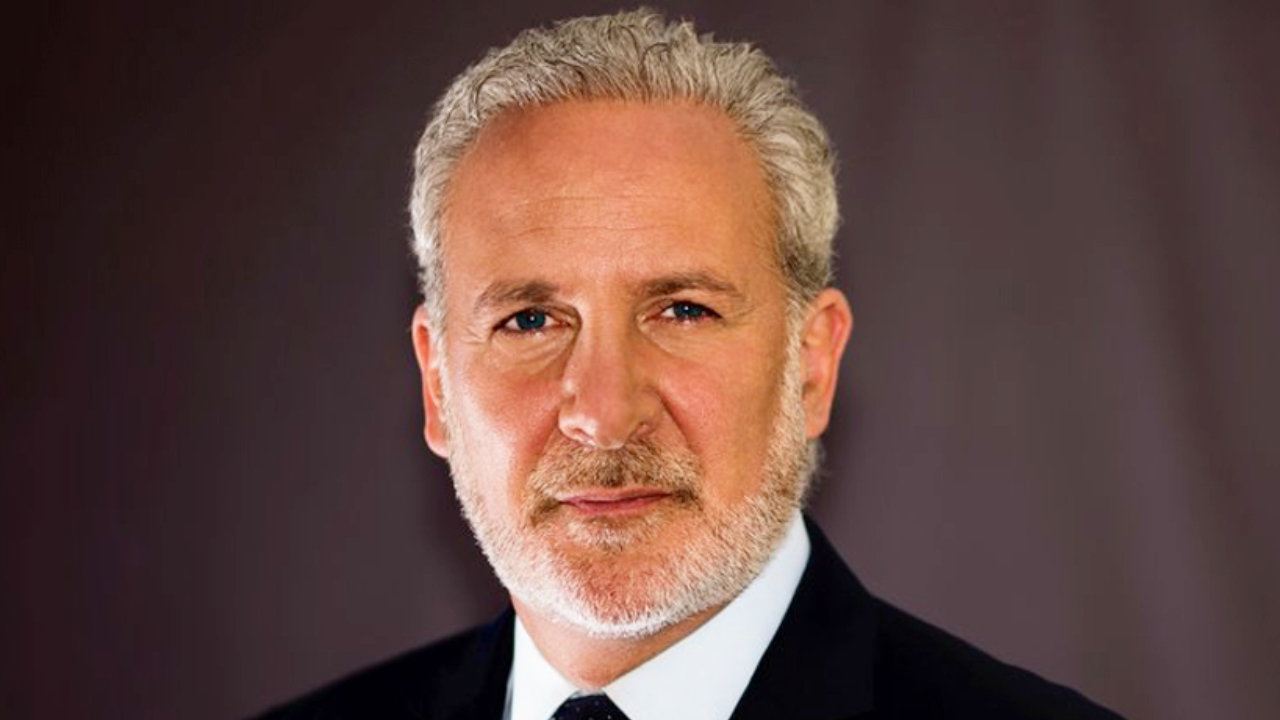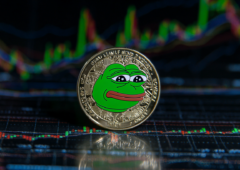Peter Schiff Doubts Stablecoins Can Shield a Weakening Dollar
19.06.2025 13:00 1 min. read Alexander Stefanov
Economist Peter Schiff has poured cold water on claims that dollar-pegged stablecoins will buttress America’s reserve-currency status.
Writing on X, he argued that such tokens remain little more than plumbing for crypto trades, not a bridge to mainstream finance. As Washington’s deficit widens and inflation lingers, Schiff says appetite for non-interest-bearing digital dollars will fade; investors looking for a hedge “won’t settle for a token that pays nothing while purchasing power erodes.”
Schiff also warned that political pressure from President Trump on Fed Chair Jerome Powell could backfire. A rate cut made under duress, he claims, would look politically driven rather than economically justified—something he believes the central bank will resist.
Not everyone is skeptical. Treasury Secretary Scott Bessent recently called stablecoins a tool for reinforcing dollar dominance, noting they are typically collateralized with U.S. Treasuries—potentially boosting demand for government debt. He argues that clear rules such as those in the GENIUS Act could usher millions into a dollar-based digital economy.
The debate leaves stablecoins caught between two narratives: critics who see them as vulnerable, zero-yield replicas of a strained currency, and officials who view them as the next link in the dollar’s global chain.
-
1
Peter Schiff Doubts Stablecoins Can Shield a Weakening Dollar
19.06.2025 13:00 1 min. read -
2
Pennsylvania Man Sentenced to 8 Years for $40M Crypto Ponzi Scheme
28.06.2025 11:30 1 min. read -
3
XRP Ledger Rolls Out Major Upgrade With Advanced Features for DeFi and Compliance
25.06.2025 18:00 2 min. read -
4
Coinbase Brings Cardano and Litecoin to DeFi via New Wrapped Tokens on Base
26.06.2025 18:00 1 min. read -
5
Which Crypto ETFs Could Get SEC Approval in 2025? Here Are the Chances
01.07.2025 18:00 3 min. read
Trump’s Truth Social to Launch Utility Token for Subscribers
Truth Social, the platform founded by Donald Trump, is moving deeper into the crypto space with plans for a utility token tied to its premium services.
Top 10 Institutional ETH Holders
A new snapshot of on-chain data reveals the top 10 entities holding the largest Ethereum (ETH) treasuries, underscoring how institutional and organizational accumulation is reshaping the ETH landscape.
Binance to Launch 2 New Contracts with 50x Leverage: Everything You Need to Know
Binance Futures is set to expand its derivatives offerings with the addition of two new USDⓈ-Margined perpetual contracts: CROSSUSDT and AINUSDT.
How Much Profit Would you Make if you Invested $3,000 in Shiba Inu One Year Ago?
Shiba Inu (SHIB), the popular meme coin, has seen considerable volatility over the past year. For investors who timed the market right, the rewards have been significant.
-
1
Peter Schiff Doubts Stablecoins Can Shield a Weakening Dollar
19.06.2025 13:00 1 min. read -
2
Pennsylvania Man Sentenced to 8 Years for $40M Crypto Ponzi Scheme
28.06.2025 11:30 1 min. read -
3
XRP Ledger Rolls Out Major Upgrade With Advanced Features for DeFi and Compliance
25.06.2025 18:00 2 min. read -
4
Coinbase Brings Cardano and Litecoin to DeFi via New Wrapped Tokens on Base
26.06.2025 18:00 1 min. read -
5
Which Crypto ETFs Could Get SEC Approval in 2025? Here Are the Chances
01.07.2025 18:00 3 min. read


